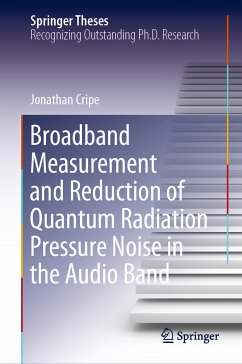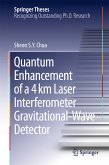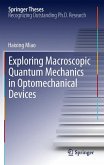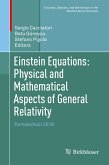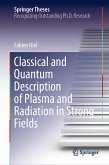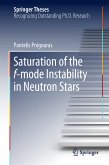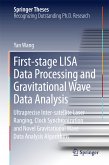This book presents a direct measurement of quantum back action, or radiation pressure noise, on a macroscopic object at room temperature across a broad bandwidth in the audio range. This noise source was predicted to be a limitation for gravitational wave interferometers in the 1980s, but it has evaded direct characterization in the gravitational wave community due to the inherent difficult of reducing thermal fluctuations below the quantum back action level. This back action noise is a potential limitation in Advanced LIGO and Advanced Virgo, and Cripe's experiment has provided a platform for the demonstration of quantum measurement techniques that will allow quantum radiation pressure noise to be reduced in these detectors. The experimental techniques Cripe developed for this purpose are also applicable to any continuous measurement operating near the quantum limit, and could lead to the possibility of observing non-classical behavior of macroscopic objects.
Dieser Download kann aus rechtlichen Gründen nur mit Rechnungsadresse in A, B, BG, CY, CZ, D, DK, EW, E, FIN, F, GR, HR, H, IRL, I, LT, L, LR, M, NL, PL, P, R, S, SLO, SK ausgeliefert werden.

